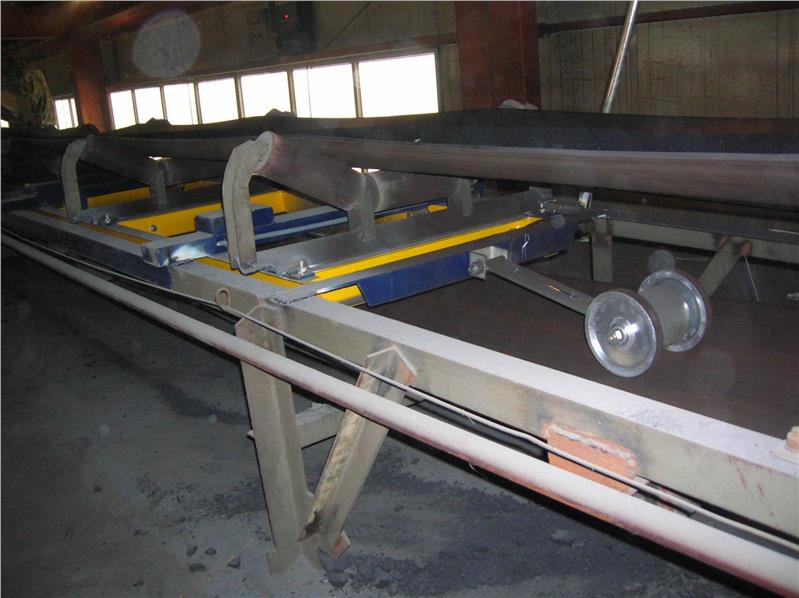- +8618937185591
- +8618937185591
- ec19@zkcorp.com
- +8618937185591


Electronic belt scale is a new type of continuous weighing equipment. It has the advantages of simple equipment and convenient weighing, and is widely used in the measurement and automatic batching system in the process of conveying solid materials by belt conveyors.
Belt scale is a kind of measuring equipment for continuous weighing of materials in the process of conveying solid bulk materials by belt conveyor. It can measure the instantaneous flow and cumulative flow of materials passing through the belt conveyor without interrupting the flow of materials.
For a long time, the measurement of materials mainly adopts static batch weighing method, such as using various platform scales, Mediterranean scales, Hopper scales and so on. Such a weighing method requires a special weighing process to make the materials weigh under static conditions. For the process that requires continuous operation in large-scale production, the batch weighing of solid materials destroys the continuity of the process, which is often not allowed. With the expansion of the production scale, the amount of objects transported by the belt conveyor is as high as hundreds of tons, thousands of tons or even tens of thousands of tons per hour. In this case, only weighing with belt scales is the practical and feasible solution, while weighing in static mode is very uneconomical because it needs to increase huge weighing equipment and spend too much time.
The belt scale occupies a small space and the cost is relatively not high, so it is suitable to be installed on various types of belt conveyors and can be used for the measurement of dry powder materials such as coal powder passing from large ore. It can even be said that as long as it is the material that can be transported by belt conveyor, it can be weighed by belt scale.
From the perspective of usage, the advantages of belt scale operation can be summarized in two words: continuous and automatic.
(1) continuous. Belt scales can be weighed simultaneously in the process of transporting materials, that is to say, as long as the belt conveyor is transporting materials, the weighing process is also in progress. However, adopting the weighing methods such as the static Hopper scale of the traditional weighing apparatus not only needs to interrupt the continuous production of the sum, but also may cause problems such as material segregation, grading, suspension and blockage when the materials are sent into the hopper and discharged from the Hopper. By comparison, we can know that the belt scale is "weighing while sending", while the static scale is "weighing when stopping", so the efficiency of the belt scale weighing process is much higher than that of the static scale. This mode of continuous weighing under dynamic conditions is the most important feature of belt scales. From this point of view, continuous weighing technology expands the traditional concept of "weighing apparatus.
(2) automatic. From the earliest products to the latest products at present, the weighing process of belt scales does not require human intervention. Belt scales can automatically accumulate the total weight of materials passing through this period of time at the end of any time period such as each shift, every day, every week, etc. The belt scale can also be automatically started or stopped when the belt conveyor is started or stopped.